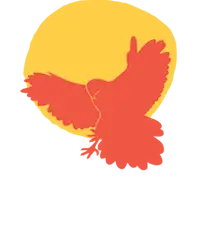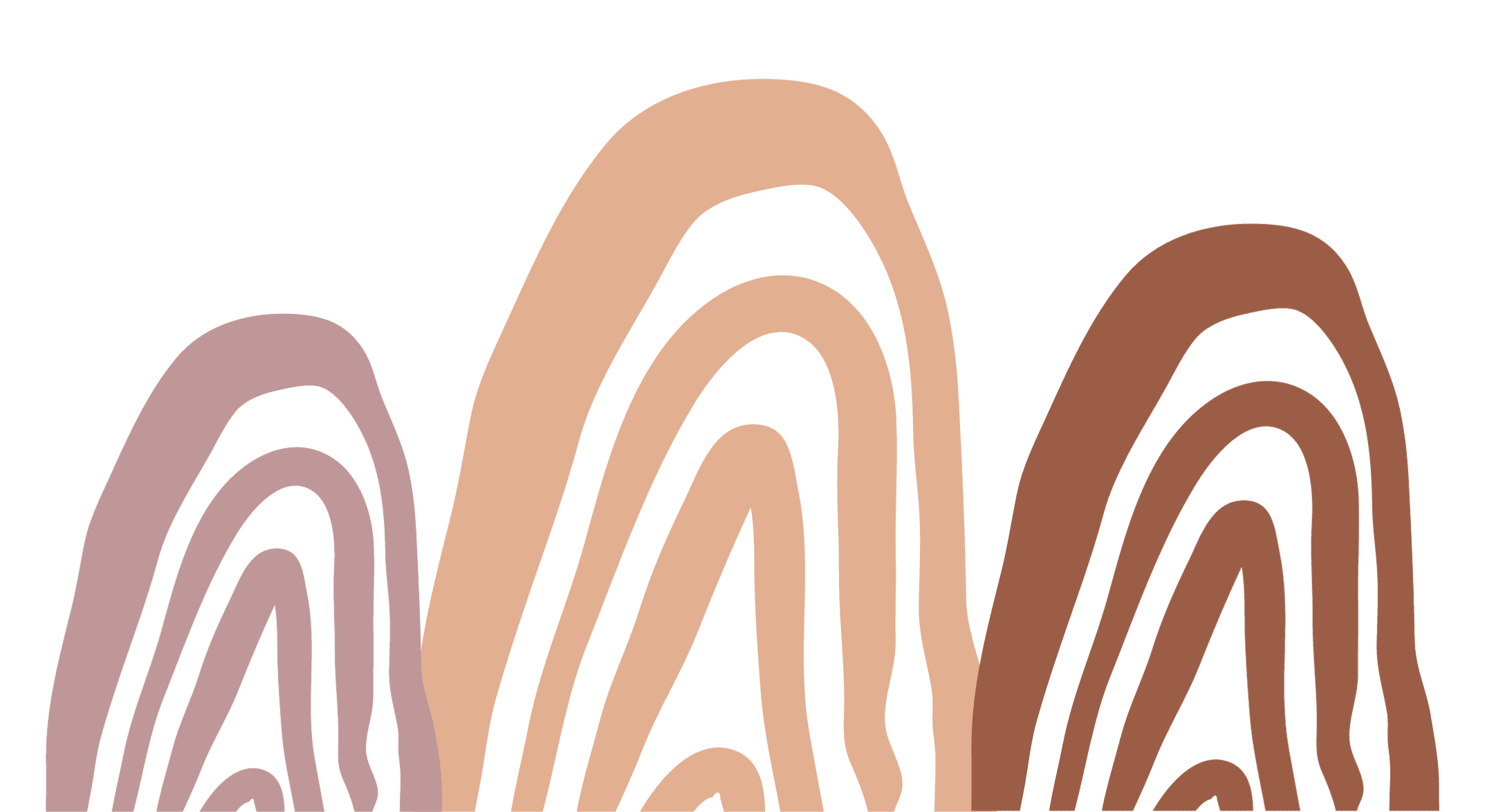
Explore Indigenous counting systems, such as counting in Anindilyakwa. The Anindilyakwa language has words for numbers up to 20. The Groote Eylandt Language Centre has a great range of resources available, including this fantastic Counting to 10 in Anindilyakwa video
Integrate maths concepts with Indigenous knowledge of the land and environment.
For example, teach measurement through understanding Indigenous perspectives on the use of natural resources, like the size of traditional dwellings or the distance between landmarks.
Use Indigenous art and patterns to teach geometry and symmetry. Analyse artworks like dot painting, which often use shapes and symmetry. Have children create their own inspired geometric art.
Develop a maths curriculum that aligns with Indigenous seasonal calendars. Teach students about the changes that occur in seasons and the mathematical concepts associated with traditional activities such as hunting, farming or fishing, which were often based on environmental cues.

Incorporate Indigenous storytelling into maths’ problems that are culturally relevant and incorporate Indigenous narratives. This can make maths more engaging and relatable for students.
Sign up to be the first to know about new products and blog posts and get exclusive discount codes.


We acknowledge and pay our respects to the Minjungbal People of the Bundjalung Nation, the Traditional Custodians of the beautiful land and waterways on which we live and work.
Always was. Always will be Aboriginal land.
Copyright © Songlines Art, Culture, Education.
We acknowledge and pay our respects to the people of the Bundjalung Nation, the Traditional Custodians of the beautiful land and waterways on which we live and work.
Always was. Always will be Aboriginal land.
